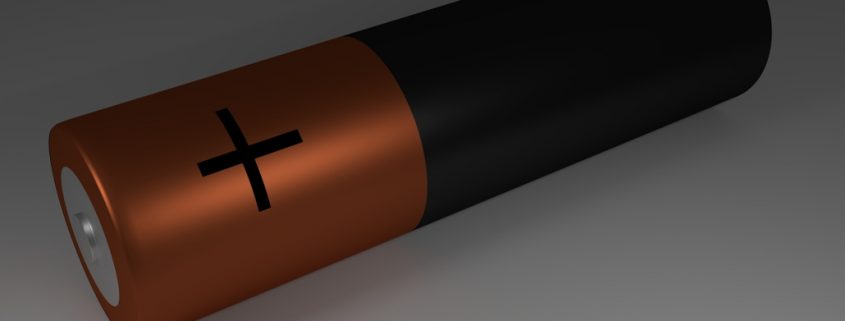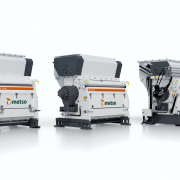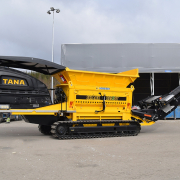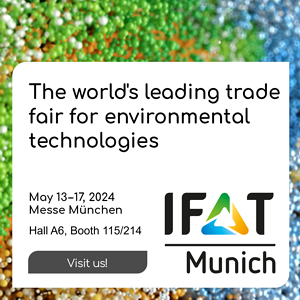Canadian Company Examines Battery Recycling Opportunities
American Manganese Inc. (AMI) reported in July this year that it has successfully completed the recycling of 100 percent of Cathode Materials (Cobalt [Co], Nickel [Ni], Manganese [Mn], Aluminum [Al]) and 92 percent of Lithium from its US Patent Pending recycling application. The company also produced rechargeable Lithium Ion Cobalt and Lithium Nickel Manganese button cell batteries from its recycled cathode material.
According to the provided information, the price of cobalt rose from 35.02 US-Dollar per kilogram in January to 58.50 US-Dollar per kilogram in July. “Cobalt is currently under severe supply side pressure and is expected to remain undersupplied,” Larry W. Reaugh, President and Chief Executive Officer of American Manganese Inc., was quoted. “According to the Cobalt Development Institute the battery industry consumes 41 percent of global cobalt supply (2015). Over the next ten years that usage is expected to increase to above 65 percent. With such a significant increase in anticipated demand, recycling is poised to be an important part of the supply solution to the emerging cobalt shortage.”
The management of American Manganese has been studying ways to capitalize on the company’s technologies working toward developing positive cash flows. “One such opportunity may exist in recycling unused cathodes,” the firm said. “Industry sources have shown that up to 10 percent of manufactured cathodes are rejected for use. The rejected cathodes, termed ‘scrap’, consist of the aluminum foil backing and the cathode metal powder which we believe can be recycled into usable cathode material using AMI’s patent-pending process. The company has been offered these scraps (at a cost) by recyclers.”
In 2018 AMI intends to build and begin operating a pilot plant to prove continuous recovery of cathode material, with the ability to scale up and design a full-scale recycling plant. According to the company, construction of a hydrometallurgical plant capable of recycling scraps would have the following advantages over recycling spent lithium-ion batteries:
■ Up to 4,000 tons/year of cobalt, with a current market value of over 230 million US-Dollar, could be recycled annually.
■ Other valuable cathode metals such as Ni, Al, Li and Mn would also be recycled from the various cathode chemistries.
■ Capital and labor required for the initial plant would be lower as no disassembly of batteries is required.
■ Recycling cathode metals leave a much smaller footprint than a traditional mining plant for recovering metals from ores.
■ AMI’s closed loop process conserves water and does not release toxic waste streams into the environment.
■ The process would be demonstrated on a commercial scale, so that full-scale industrial facilities can be engineered and costed out.
■ AMI has yet to determine the location of the process plant, as it could be sited anywhere in the world where EV battery manufacturing is occurring.
Photo: pixabay
GR 32017









